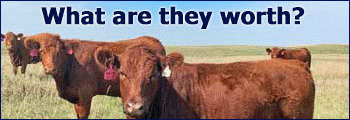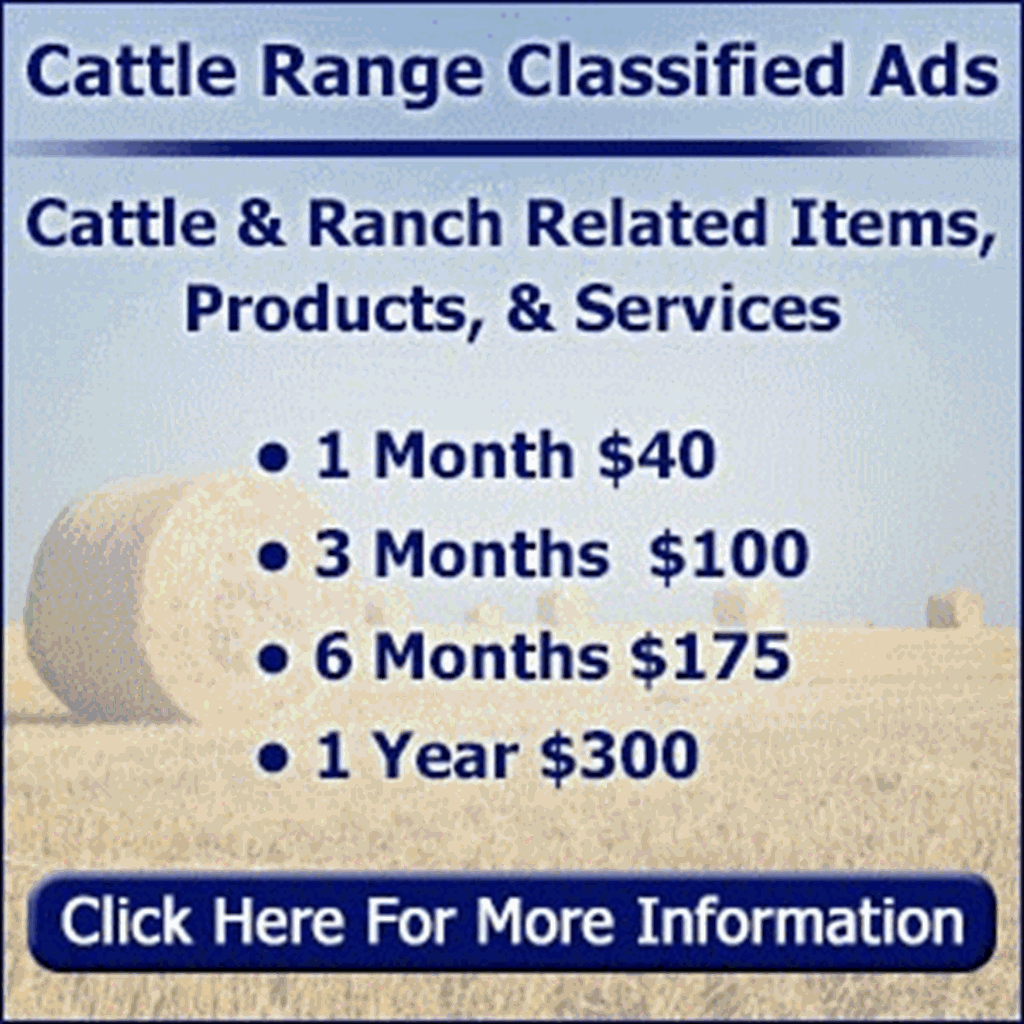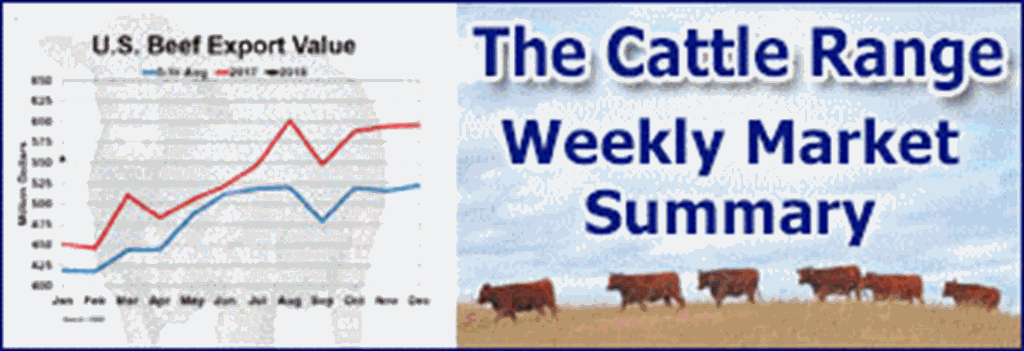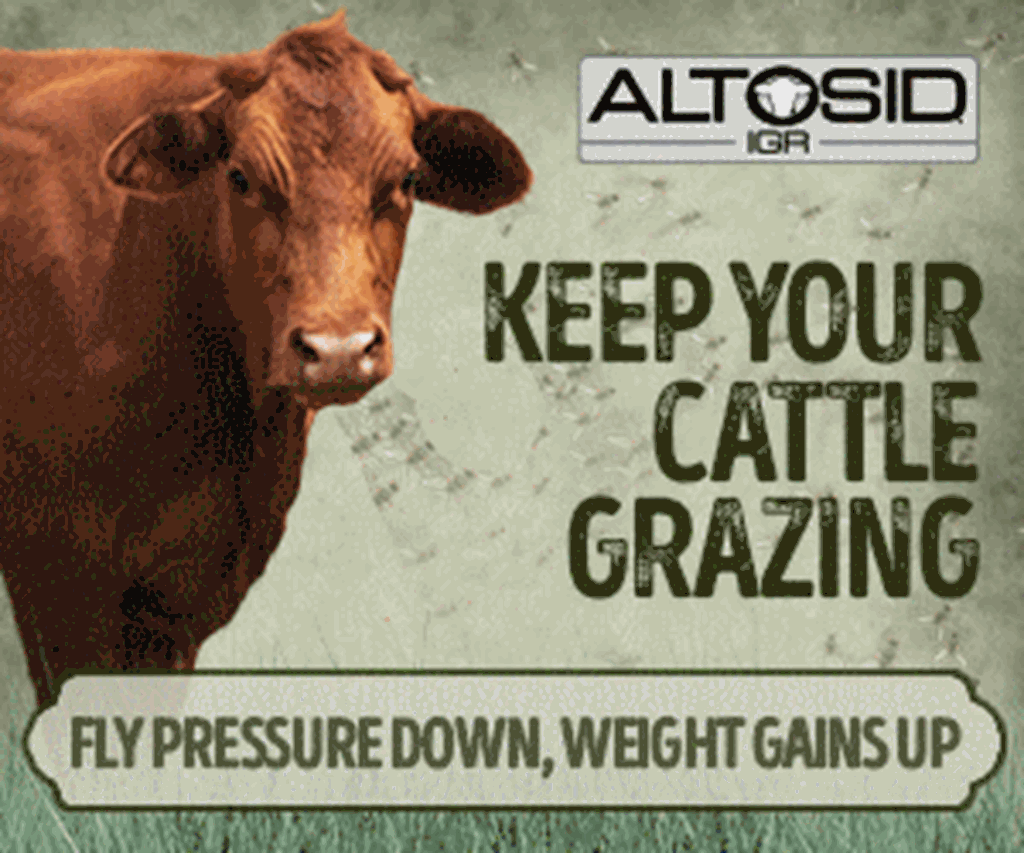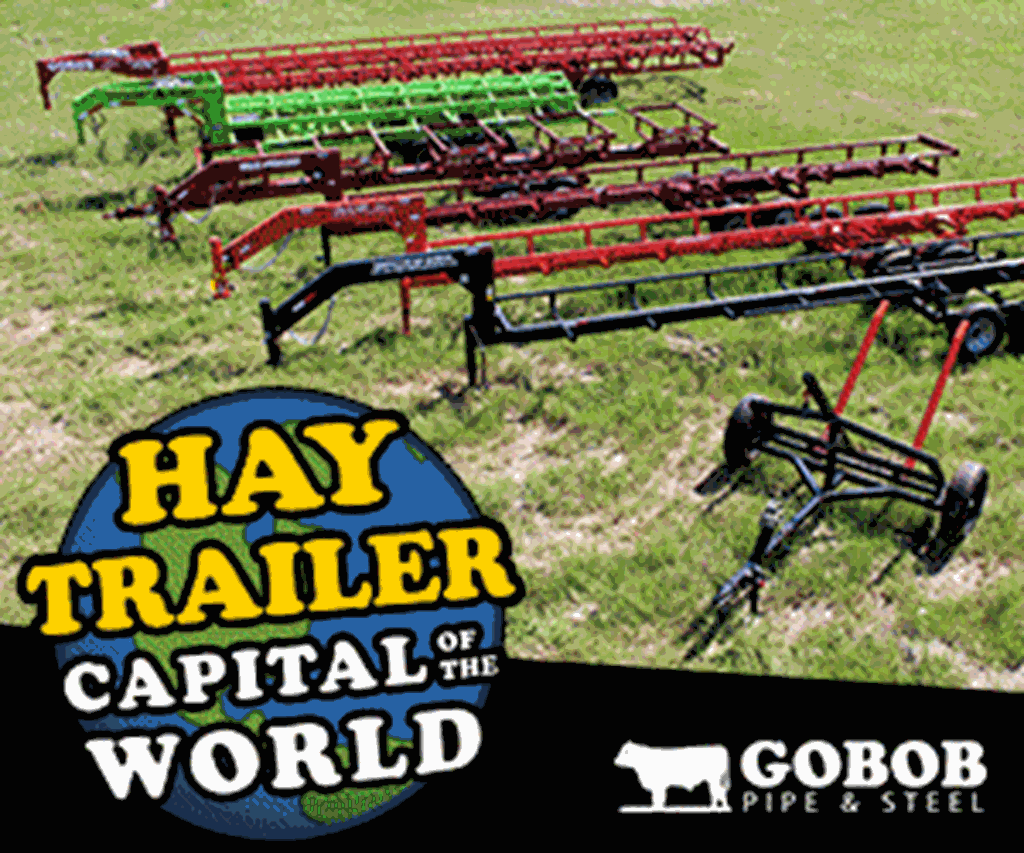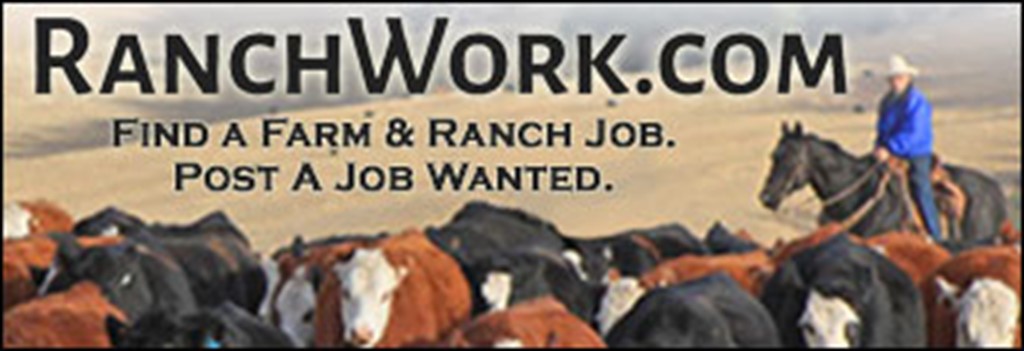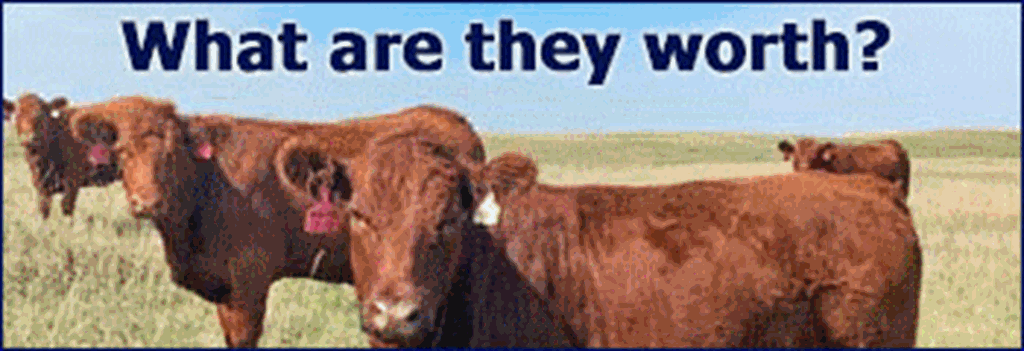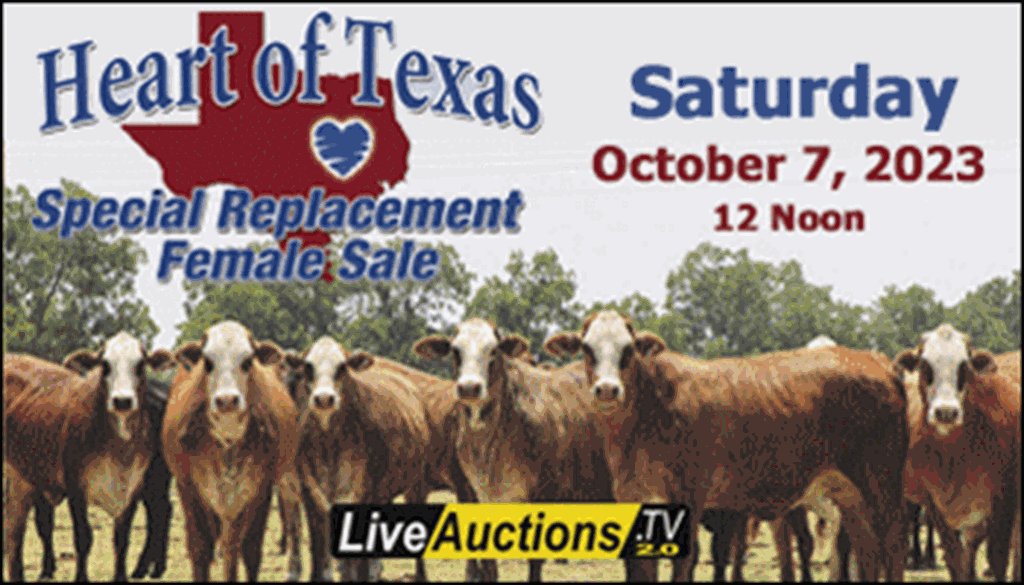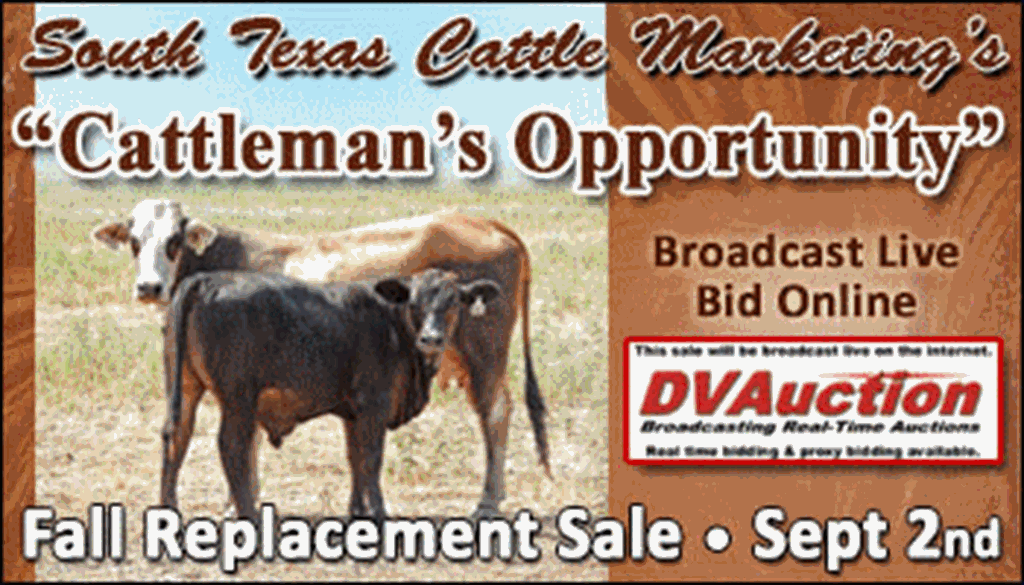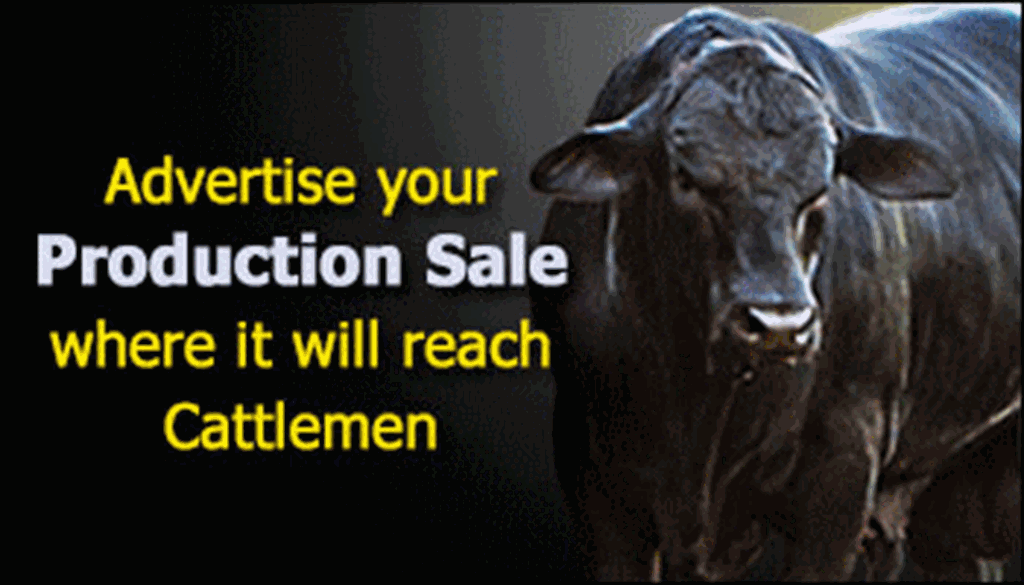Cattle Resource Page...
-
Tradin' Tools
-
Cattle Inventory... State Rankings & Change
-
Value Enhancement Programs
-
Animal Health & Information
-
Websites of Interest
Tradin' Tools
-
Bred Heifer & Cow Value Estimator
-
Slide Calculator
-
Freight Calculator
-
Gestation Calculator
-
Cattle Purchase Contract
-
Livestock Bill of Sale
-
Bull Lease Agreement
-
Tally & Settlement Sheet
-
Cattle Origin Affidavit
-
Bonded Buyers Registered With USDA
-
Auction Commission Rates filed w/ USDA
-
Central Filing Systems
-
State Import Regulations
-
State/Province Brand Information
-
USDA Traceability Regulations
-
Area Code/Phone # Lookup
-
CME Guide to Hedging with Futures & Options
2023 Cattle Inventory... State Rankings & Change
-
All Cattle & Calves
-
Beef Cows
-
Replacement Heifers
-
Steers over 500+ lbs.
-
2021 Calf Crop vs. 2020 Calf Crop
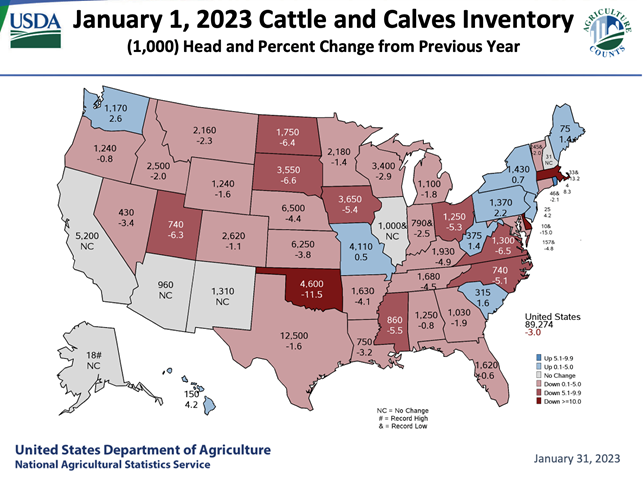
Value Enhancement Programs
Pre-Conditoned
A preconditioning program is a period of time, typically a minimum of 45 days, in which a cow-calf producer will work to build the health status of the weaned calf prior to sale. Calves are also “bunk broke” during this time and acclimated to a dry feed diet. If calves are sold at the sale barn, sold via an internet auction, or sold to the same feedlot each year, premiums may be awarded to those producers who precondition their calves. - Meredith Bremer, Nebraska Extension Educator
-
Preconditioning Calves: Can it Add Value for You as a Cow-Calf Producer?
-
Does Preconditioning Pay? A Benefit-Cost Decision Tool
-
Beef Quality Assurance
-
BQA Certification for Your State
Age/Source Verified
Beef export regulations have clearly defined the meaning of Age and Source Verification, as age and source claims must by documented and verified through a recognized USDA program. These programs include the USDA Process Verified Program (PVP) or a USDA Quality System Assessment (QSA).
All Natural
The definition of “natural” within the context of beef production is more ambiguous than the definition of “organic.” According to the USDA Food Safety Inspection Service, all fresh meat qualifies as “natural,” but beef that carries a “natural” label cannot contain any artificial flavors or flavorings, coloring ingredients, chemical preservatives, or other artificial or synthetic ingredients. In addition, natural products must not be more than “minimally processed.” Some companies promote their beef as “natural” by not exposing animals to antibiotics or growth-enhancing hormones and by finishing cattle in pastures rather than feedlots.
Grass-Fed
Cattle that have eaten nothing but grass and forage from weaning to harvest, have not been raised in confinement, and have never been fed antibiotics or growth hormones.
-
Grass-fed Beef Production
-
Certified Beef Programs
-
Grass Fed Small & Very Small Producer Program
-
American Grass-Fed Association
Websites of Interest
-
Rural America Atlas: Population Gain & Loss
-
Successful Farming Livestock News
-
UNL Beef Site
-
Kansas State AgManager.info
-
USDA Livestock Market Risk Protection
-
MeatingPlace
-
The Cattle Site
-
Beef2Live.com
-
Livestock Publications
-
Old Farmer's Almanac
Animal Health & Information
-
Control of Calf Diarrhea (Scours)
-
Normal Abortion Rates & Causes of Abortion in Cattle
-
Managing Shrink & Weighing Conditions in Beef Cattle
-
Cattle Diseases... Identification & Treatment
-
Bovine Spongiform Encephalopathy (BSE) Factsheet
-
Proper Subcutaneous & Intramuscular Injection Sites
-
How USDA Determines the Age of Cattle
-
Scoring a Cow's Body Condition
-
Determining Beef Cattle Frame Scores
-
Advantages of Establishing a BVD-PI Negative Herd
-
Livestock Breeds
-
A High Altitude Malady: Brisket Disease in Cattle
-
Johne's Disease: An Emerging Problem for Beef Cows
-
Merck On-Line Veterinary Manual
